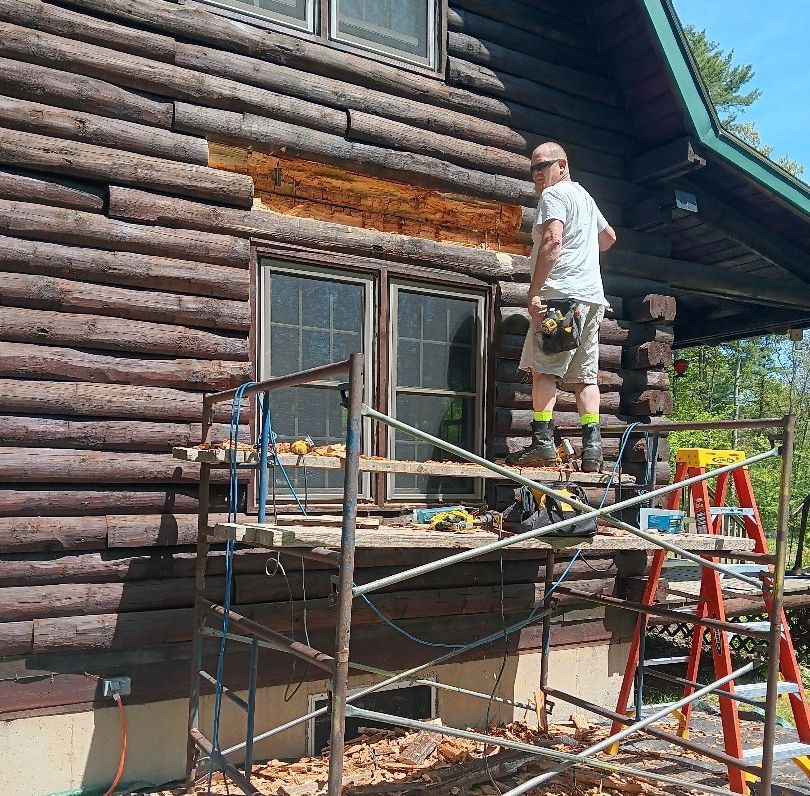SERVICE & MAINTENANCE
LOG REPLACEMENT & REPAIR
Preserve the beauty and structural integrity of your log home with expert log replacement and repair services designed to address damage and restore your home to its original charm.
Restore Your Log Home with Expert Repair & Replacement Services
Comprehensive log repair and replacement for long-lasting beauty and strength
Log homes are built to stand the test of time, but even the most well-maintained homes can experience damage from weather, pests, or natural wear and tear. At C.M. Allaire & American Log Home Care, we specialize in professional log repair and replacement services to restore your home’s structural integrity and timeless charm.
Log Repair and Replacement Services
Precision Log Repair & Replacement
- Repair of cracks, splits, and minor damage to prevent further deterioration.
- Removal and replacement of damaged or rotted logs to ensure structural stability.
- Seamless integration using high-quality, matching materials to preserve your home’s aesthetic.
Damage Assessment & Prevention
- Comprehensive inspection to identify issues caused by moisture, pests, or UV exposure.
- Expert recommendations for maintenance to protect against future damage.
Custom Solutions
- Tailored approaches for repair or replacement to meet the unique needs of your home.
- Expertise in blending repaired and replacement logs with existing structures for a natural, cohesive look.
Search Services
Select an option below:
Contact Us
Have questions about our services or log home maintenance?
Call us at (800) 634-4838 or contact us online.

LOG HOME STAINING
Beyond Repair: Staining Services to Revitalize Your Home
In addition to log repair and replacement, we offer professional staining services to bring your log home back to life. Using high-quality stains and finishes, our team ensures your home looks stunning while staying protected against the elements.
LOG HOME CARE
Need Log Home Repair or Maintenance Services? Contact Us
Don’t let damaged logs compromise the beauty and strength of your log home. Trust the experts at C.M. Allaire & American Log Home Care for professional log repair, replacement, and staining services that restore and protect your investment.
-or-
jake@cmallaire.com
SHOP ONLINE
Explore our online store at American Log Home Care for premium log home maintenance products, including stains, sealants, and tools to keep your home looking its best year-round.




